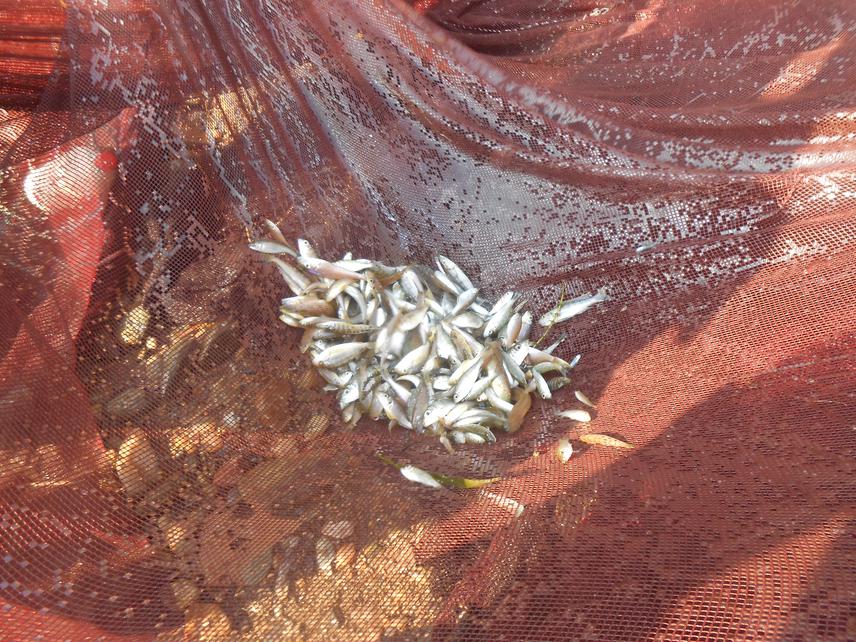Mushagalusa Cirhuza Deo
Other projects
26 May 2020
Some Ecological Evidences Leading to Sustainable Management Measures of Littoral Cichlid Fish of Economic Interests at Lake Tanganyika (Congolese Side)
Lake Tanganyika (East Africa) harbours unique endemic littoral cichlid fishes. Boulengerochromis microlepis, commonly Kuhe, is the largest lake cichlid and in Africa (total length: 80cm); that involving its larger commercial and food interests along the lake-basin. Along Congolese lakeshores, Kuhe populations are critically declining due to overfishing while its ecological aspects still limited to prompt local conservation efforts/decisions. This project seeks to collect and disseminate ecological and environmental data on Kuhe to strengthen management and legislation efforts on littoral cichlids at Lake Tanganyika (Congolese shores). Data will be used to facilitate collaboration between local fisher’s communities, government agencies, education/research institutions and NGO’s to work towards management measures of Kuhe and associated species in the local catches.

A beach seine catch composed by various cichlid fish species at Luhanga site in the north of Lake Tanganyika, Uvira area, DR Congo (August 2018).
Lake Tanganyika hosts more than 300 endemic cichlid species cohabiting throughout the littoral-habitats. Yet, along Congolese shorelines of high human influences, these critical habitats are undergoing damages/alterations with ecological impacts leading to diversity loss and local extinction. Such threat is not yet better illustrated due to the limited key ecological studies on each targeted species as Boulengerochromis microlepis (namely Kuhe). Kuhe is a lakewide top-predator giant-cichlid among common fish in local fisher’s catches with important trophic role at Lake Tanganyika. Recent data based on stock analysis indicated a strong shortage of its populations in Congolese northwestern shores already under a range of threats such as local overfishing and water pollutions. Cichlid species are particularly vulnerable to intense fishing further to their longevity and fecundity. Otherwise, fishery sector faces management problems (lack of conservation measures and low legislation) by utilizing unsuitable techniques/gears and uncontrolled increase of fisher’s number targeting coastal fishes along Congolese shores. Detailed studies on Kuhe population’s ecology still limited and efforts to stimulate more insight into management and legislation initiatives are needed. To ameliorate filling this gap and to manage fish resources, this project examines the cichlid fish diversity status and fishing-gears used for commercial captures in Lake Tanganyika northwestern part by sampling Kuhe and related cichlid fishes in the field.
The main objective of the project is to provide baseline information on the ecology (including population status, density/abundance, reproduction, distribution, and habitat requirements as well as fishery fleet status) and management and conservation status of B. microlepis populations for sustainable conservation of littoral cichlid communities of Lake Tanganyika.